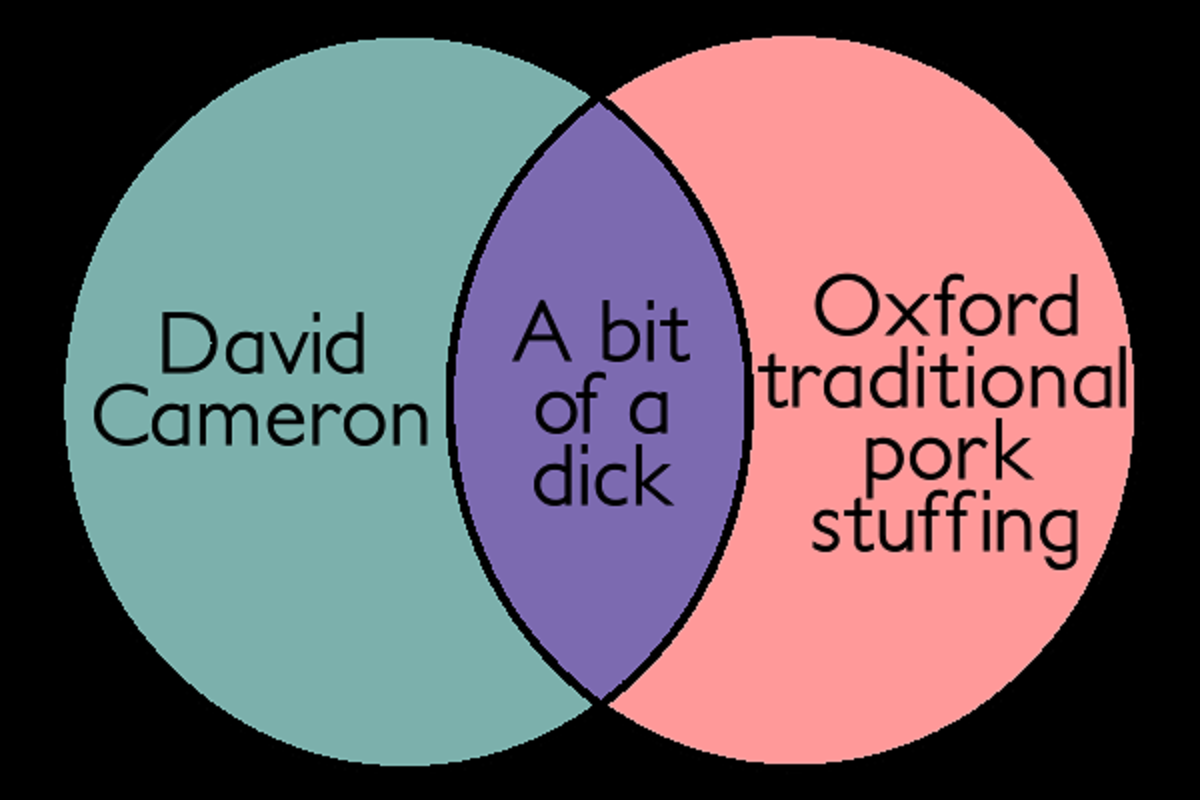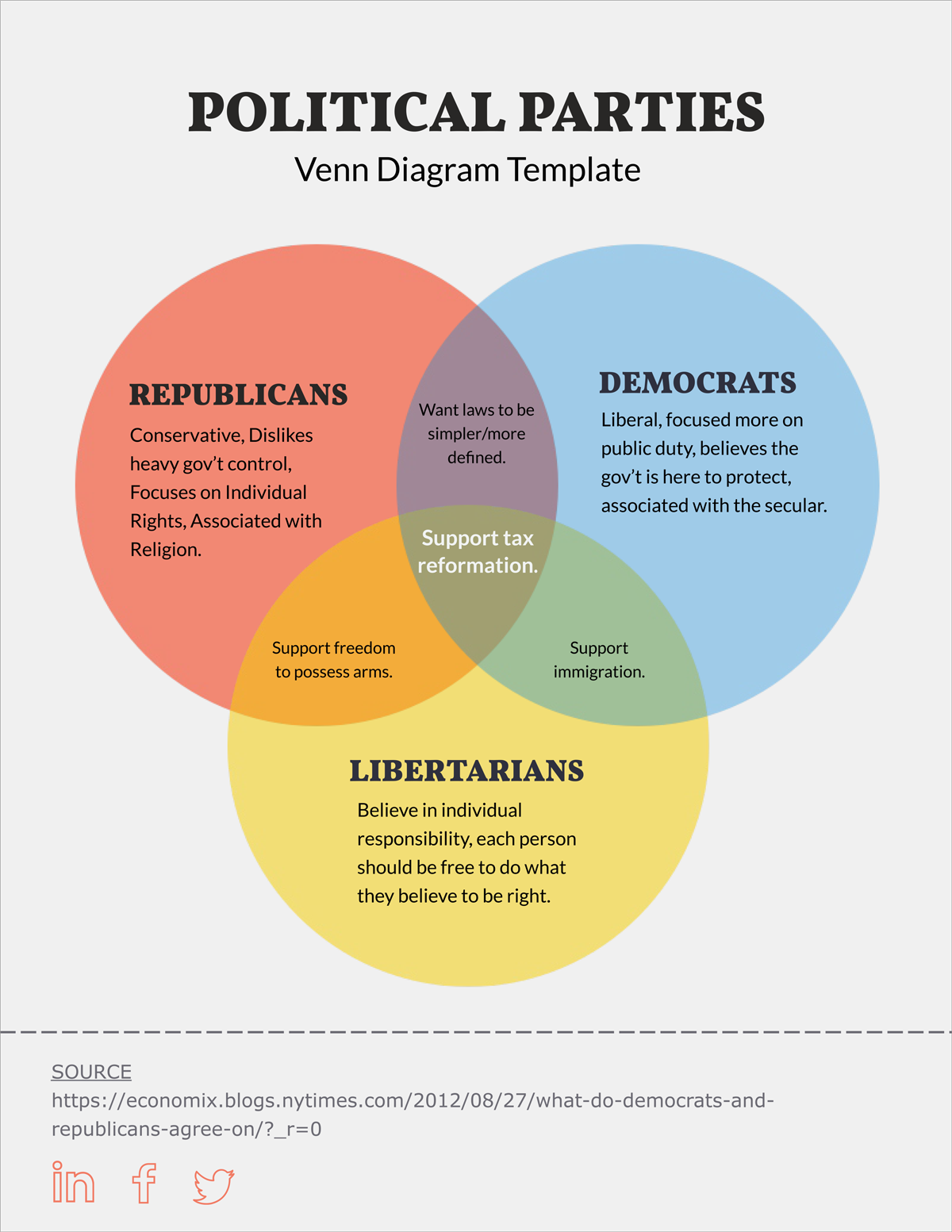

Some have claimed that the first use of the diagrams was in the 1200s, by philosopher and logician Ramon Llull of Majorca. However, the roots of Venn’s diagram go much further back than this. That year, he published a paper in the Philosophical Magazine and Journal of Science with the title “On the Diagrammatic and Mechanical Representation of Propositions and Reasonings”. Venn diagrams were invented way back in 1880, and are named after their inventor, British mathematician and logician John Venn. Venn diagrams are commonly used in the fields of statistics, probability, mathematics, linguistics, logic, and computer science, and are also invaluable for project management as well. Since many people are familiar with Venn diagrams from their school days, even non-technical audiences are typically able to read Venn diagrams easily.Ī Venn diagram is an illustration that uses circles to show the relationship between two or more groups. In addition, Venn diagrams also have a major advantage over more “complex” chart forms. They can be used alongside maps of processes as flowcharts to quickly communicate how teams, computer systems, or tasks within a larger project overlap. Venn diagrams form part of a set of diagrams and illustrations that are very useful in business, projects, and the concept of visual management. When is it crucial to build a Venn diagram for business purposes? Venn diagrams are particularly useful, though, when you need to quickly express how two sets of things relate to each other – the similarities and differences between corporate teams, for instance, or project responsibilities. Like many other types of diagram and illustration, the aim of a Venn diagram is to make information visualization clear and efficient. A Venn diagram serves a fairly straightforward purpose.

#VENN DIAGRAMS CODE#
The following R code is the same as in Example 3, but in addition we are specifying the line color to be red and the filling color to be blue (with the HEX-code #1b98e0).
#VENN DIAGRAMS HOW TO#
In Example 4, I’ll show you how to make a venn diagram with colored lines around the circles and a filling color of the circles.

However, for simplicity we’ll stick to the triple venn diagram in the remaining examples of this R tutorial. ,, or the more general function venn.diagram, which is taking a list and creates a TIFF-file in publication-quality. Note that the VennDiagram package provides further functions for more complex venn diagrams with multiple sets, i.e. venn (area1 = 10, # Create venn diagram with three setsĭ(area1 = 10, # Create venn diagram with three sets If we want to apply the command, we need to specify the sizes of the areas of both sets as well as the intersection of the two sets:ĭraw. The is used to draw pairwise venn diagrams. The VennDiagram package provides functions for the production of venn diagrams of basically every number of sets (i.e. All we are specifying within the function is the size of our area (i.e. Second, we are producing our single venn diagram with the function. We should usually do this step before the creation of each venn diagram, because otherwise the venn diagram is just overlaying previously created plots. Note that the previous code contains two steps.įirst, we are creating a new plotting page with the grid.newpage function.

Grid.newpage() # Move to new plotting pageĭ(area = 10) # Create single venn diagramįigure 1 is visualizing the output of the previous R syntax. venn (area = 10 ) # Create single venn diagram newpage ( ) # Move to new plotting pageĭraw.


 0 kommentar(er)
0 kommentar(er)
